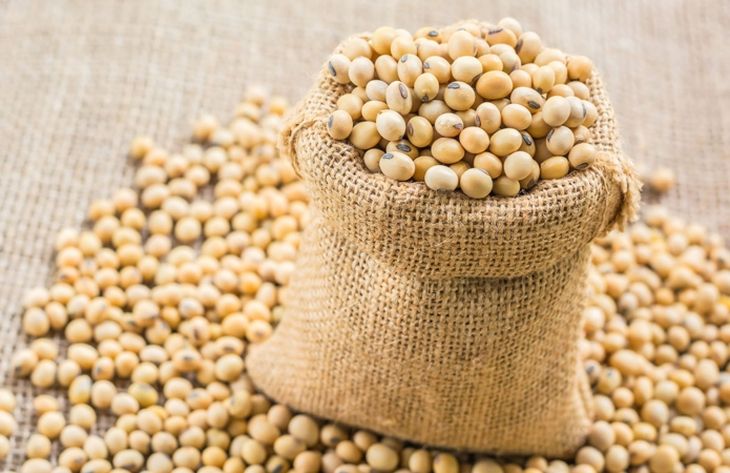South American soybean crop estimates lowered again

The U.S. Department of Agriculture’s “massive” reduction in its South American soybean crop production estimate wasn’t drastic enough, according to analysts.
And that bodes well for soybean and other oilseed prices.
The USDA slashed its forecast for the region to 185 million tonnes in its February World Agricultural Supply and Demand Estimates (WASDE) report, down from 194 million tonnes in January and 204 million tonnes in December.
“If realized, this massive decrease in the South American soybean crop is likely to significantly constrict global trade,” stated the USDA.
Ben Buckner, grains analyst with AgResource Company, said it will be realized and more.
His team in Sao Paulo came up with a Brazilian production estimate of 125 million tonnes in mid-January, well below the USDA’s February number of 134 million tonnes.
“We delayed putting it out because it seemed so absurd,” he said.
Now they are thinking it will be one or two million tonnes below that.
Conab released its estimate of 125.5 million tonnes on Feb. 11 and a host of private firms in Brazil are in the 122- to 123-million-tonne range.
Michael Cordonnier, analyst with Soybean & Corn Advisor, said the hope was that higher yields in central and northern Brazil would make up for losses in the south but that is not going to happen.
“Record high or near record high temperatures coupled with scant rainfall over the last several months have resulted in a catastrophe for soybean producers in southern Brazil and the growing season is not over,” he said in a Feb. 15 article.
Weather forecasts show that areas of the country that were previously wet in central and southeast Brazil will see a “dramatic drying” in March.
AgResource also believes the USDA is about 2.5 million tonnes too high on its Argentina estimate and 500,000 tonnes over on Paraguay.
It is convinced total South American production should be dropped by another 12 to 14 million tonnes.
If AgResource and others are correct, it would have a profound impact on soybean exports from that region of the world and consequently on world prices of the crop.
The USDA slashed South American exports by nearly six million tonnes to 98.4 million tonnes in its February report.
Buckner thinks that number needs to be reduced by another seven to eight million tonnes but that is going to be difficult to reconcile on the demand side of the ledger.
The USDA dropped China’s import number by three million tonnes to 97 million tonnes in the February report. He doesn’t think that number can go any lower.
So either soybean prices will have to increase further or importers will have to delay purchases for another full year.
He feels the market has already partially factored in a smaller South American crop than the USDA is forecasting.
Soybean prices are about $2 per bushel higher than they should be right now based strictly off the WASDE numbers.
“There is a substantial premium in the market,” said Buckner.
But there is likely still room for further appreciation, which is bullish for oilseeds in general.
“Mostly it is digested but I don’t think we’re destroying consumption at these prices just yet,” he said.

Canola has largely disengaged from the soybean market this year due to completely different supply and demand fundamentals caused by Canada’s drought-ravaged 2021 crop.
But any further shortage in world soybean production and exports bodes well for canola prices.
“The need for record vegetable oil production worldwide has now been compounded by the loss of oilseed supply in South America,” said Buckner.
“We’re really relying on a big-time canola crop out of Canada this year.”
Agriculture Canada is forecasting a three percent reduction in Canadian canola acres in 2022. Some analysts think that is wrong and that farmers will plant five to seven percent more of the oilseed.
Read also
Wheat in Southern Brazil Impacted by Dry Weather and Frosts
Oilseed Industry. Leaders and Strategies in the Times of a Great Change
Black Sea & Danube Region: Oilseed and Vegoil Markets Within Ongoing Transfor...
Serbia. The drought will cause extremely high losses for farmers this year
2023/24 Safrinha Corn in Brazil 91% Harvested
Write to us
Our manager will contact you soon



